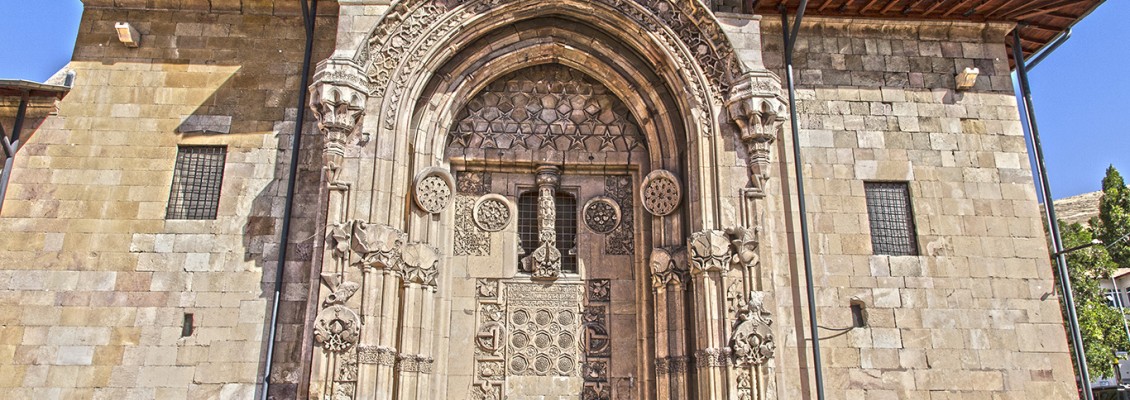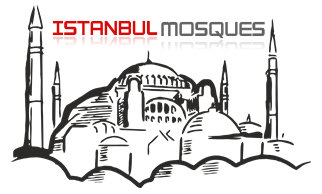
WONDERS OF TURKEY
THE GREAT MOSQUE AND HOSPITAL OF DIVRIGI
The Great Mosque and Hospital of Divriği, known also as The Alhambra of Anatolia, is a social complex consisting of a mosque, a hospital and a mausoleum. It is located in Sivas, which is one of the earliest populated places in Anatolia. Even though it is not well-known among tourists, it stands as one of the most magnificent and unique examples of medieval Islamic architecture. Declared a UNESCO World Heritage site in 1985, this stunning complex is a testament to the artistic brilliance of the Seljuk dynasty and continues to captivate visitors with its intricate stone carvings and profound spiritual atmosphere and significance.
The Great Mosque (Ulu Cami) and Hospital (Darüşşifa) were commissioned by local rulers of the Mengücek dynasty, a minor Seljuk vassal state, in the early 13th century. The mosque was ordered by Ahmet Shah in 1228, while the adjacent hospital was established by his wife, Turan Melek Sultan. The complex served both religious and social functions, with the mosque being used for prayer and the hospital providing medical services to the local population.
The Great Mosque and Hospital of Divriği are famous for their unique architectural style. The mosque features a rectangular plan with a large prayer hall covered by a wooden roof. The interior is divided by rows of columns, creating a spacious area for worshippers. The mihrab, a niche indicating the direction of Mecca, is elaborately decorated, highlighting the craftsmanship of the period. The hospital, connected to the mosque, has a similar rectangular layout. Its interior is divided into rooms for patients, and it includes a central courtyard, which was common in Anatolian hospitals at the time. The hospital also functioned as a madrasa (religious school), providing both medical care and education.
One of the most distinctive features of the complex is the ornate stone carvings on the entrances. The main door of the mosque, where fine stonework reaches its peak, is particularly impressive, with intricate geometric and floral designs. Also known as the Western Door or the Textile Door, it resembles a rug or prayer rug and displays a high amount of lace samples. The other door is mostly called “The Heaven’s Door” since all the motifs on it depict heaven based on narrations described in the Holy Qur’an. The Shah Door, which has a more modest appearance than the others, is in the eastern part of the mosque. It is the door that opens to the section of the mosque, of which only the skeleton remains, which the shah used to enter the mosque for worship.
The Hospital of Divriği is one of the oldest and most important hospitals in Anatolia that has survived to the present day. Hospitals (Darüşşifa) was a place where both physical and mental diseases were treated, in accordance with the hospital concept of its time. At that time, the understanding of medicine was based on Greek and Arab medicine, which had developed in the Islamic world. Treatment methods included herbal medicines, surgical interventions, and musical therapy for mental illnesses. Moreover, darüşşifa also functioned as a school where medical education was provided. Students studying here were trained as physicians by learning the basic knowledge in the field of medicine.
The Great Mosque and Hospital of Divrigi stand as a testament to the architectural and cultural achievements of the Seljuk era. Its unique blend of religious, medical, and educational functions makes it an important site in Islamic history. The detailed stone carvings and overall design continue to draw admiration from historians and visitors alike, preserving the legacy of the Mengücek dynasty.

Leave a Comment